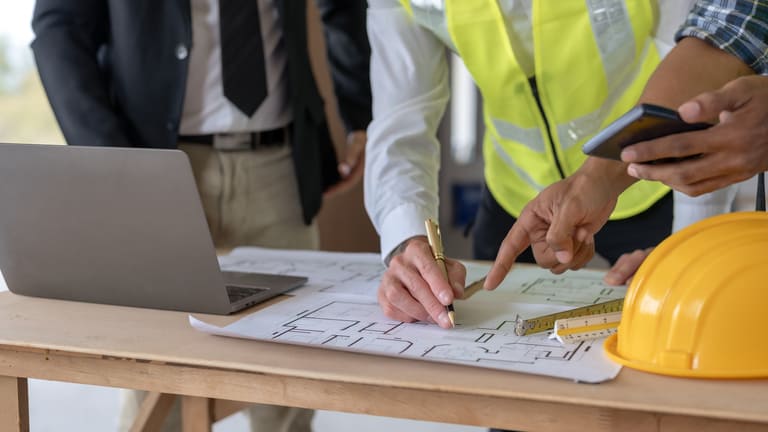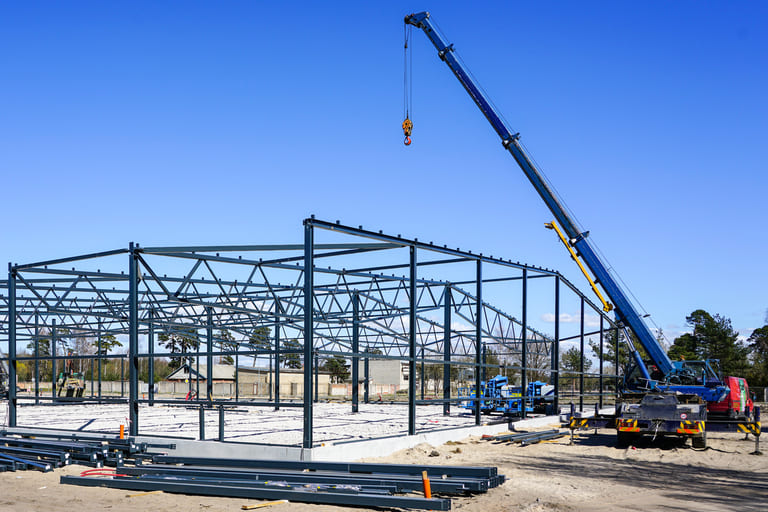

Taiyo Kogyo Column
What are Warehouse Interior Restrictions? From the types of fireproof materials to the risks of violations to avoid.
2025.05.02
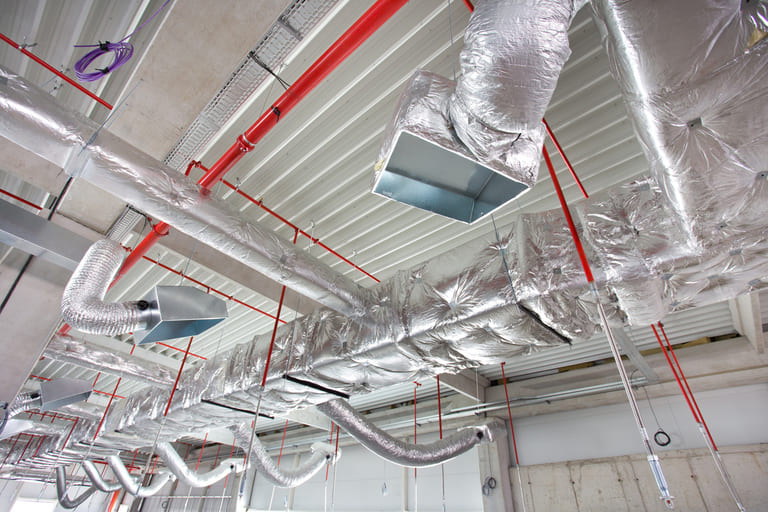
Japanese buildings have various innovations to prevent fire damage.
One of these is the “interior restrictions” set forth in the Building Standard Law.
This specifies the areas where noncombustible materials should be used and the conditions under which wood can be used.
Warehouses are also expected to follow these rules.
This article details the types of fire protection materials and the risk of violations.
Please refer to this page for safe warehouse operations.
>> Click here to visit our website specializing in “Tent Warehouses”.
What are the interior restrictions of a warehouse?
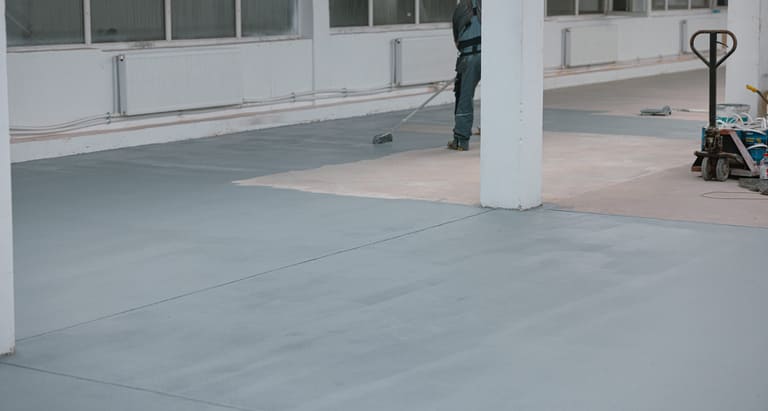
Warehouse interior restrictions are regulations on the materials and locations of interior materials to be used in order to prevent the generation of hazardous substances and the obstruction of evacuation in the event of a fire.
This is part of the Building Standards Law, which stipulates that buildings and facilities must be safe and comfortable to use. Particular emphasis is placed on ensuring safe evacuation routes and preventing the spread of fire.
For more detailed information on the Building Standard Law, please refer to the article “What is the Building Standard Law applicable to warehouses? From necessary requirements to restrictions on building-to-land ratio and floor-area ratio,” please refer to the article “What is the Building Standard Law applicable to warehouses?
Warehouses are also subject to interior restrictions if certain conditions are met.
For example, if walls and ceilings are 1.2 m or higher, regulations differ depending on whether the building is a fireproof or quasi-fireproof structure.
On the other hand, restrictions may be relaxed in some cases for warehouses with sprinklers, automatic fire extinguishing systems, and smoke exhaust systems.
Interior construction of warehouses requires the use of noncombustible or quasi-noncombustible materials as fire prevention measures.
These materials must meet the criteria as fireproof materials and also comply with fire prevention standards.
By taking appropriate measures, a safe and functional warehouse environment can be created.
Types of fire protection materials
Restrictions on warehouse interiors require the use of fireproof materials.
Requirements for fireproof materials are based on Article 108-2 of the Building Standard Law Enforcement Ordinance, which requires that they not burn, not cause deformation, melting, or other damage harmful to fire prevention, and not generate smoke or gas harmful to evacuation.
Materials that meet these requirements are considered fireproof materials, and are classified into three categories according to their durability time when heated.
It is important to understand the characteristics of each and use them appropriately. Each is explained in detail below.
Noncombustible materials: Ministry of Construction Notification No. 1400 (amended by Ministry of Land, Infrastructure, Transport and Tourism Notification No. 1178)
Incombustible materials are building materials that are composed of inorganic or metallic materials and have flame-resistant properties.
In Japan, the Ministry of Construction Notification No. 1400 and the revised Ministry of Land, Infrastructure, Transport and Tourism Notification No. 1178 define the types of noncombustible materials.
Typical noncombustible materials include concrete, roof tiles, bricks, fiber-reinforced cement board, and ceramic tiles.
Thicknesses specified also include fiberglass-mixed cement board of 3 mm or thicker and gypsum board of 12 mm or thicker.
These are not only fire resistant, but also durable and insulated.
Furthermore, products certified by the Minister of Land, Infrastructure, Transport and Tourism are given a certification number in the form of “NM-000000”.
The use of certified products ensures safety and meets the requirements of the Building Standard Law.
Interior plans for warehouses must employ these noncombustible materials appropriately and ensure fire prevention.
Quasi-noncombustible materials: Ministry of Construction Notification No. 1401
Standards for quasi-noncombustible materials are established by the Ministry of Construction Notification No. 1401 (May 30, 2000).
Under this standard, the performance requirements under “Article 108-2 of the Order” must be met for 20 minutes when normal fire heat is applied during a fire.
Quasi-noncombustible materials certified by the Minister of Land, Infrastructure, Transport and Tourism are given a certification number “QM-0000 (four-digit number)”. This number confirms that the material meets the standards.
Typical quasi-incombustible materials include the following. Applying these materials in warehouses can reduce damage in the event of fire.
Gypsum board 9 mm or thicker (board base paper thickness 0.6 mm or less)
● Wooden wool cement board 15 mm or thicker
● Hard wood chip cement board 9 mm or thicker (bulk density 0.9 or more)
● Wood chip cement board 30 mm or thick (bulk density 0.5 or more)
● Pulp cement board 6 mm or thick
Flame retardant material: Ministry of Construction Notification No. 1402
Although not applicable to warehouse interior restrictions, “fire retardant materials” are a type of fire protection material.
This material is defined in accordance with the Ministry of Construction Notification No. 1402 (May 30, 2000).
Flame retardant materials must be recognized as “quasi-incombustible”.
This requires that the performance be maintained for a certain period of time even in the event of fire.
Specifically, it must meet the fire-resistance performance requirements specified in Article 108-2 of the Building Standards Law Enforcement Ordinance during the first 10 minutes after the start of heating.
In addition, fire-retardant plywood must be at least 5.5 mm thick, gypsum board must be at least 7 mm thick, and the thickness of base paper for boards must be 0.5 mm or less.
Meeting these standards will ensure fire protection performance.
Risk of violation of interior restrictions

Failure to comply with interior restrictions under the Building Code can result in buildings that do not meet legal standards and are unsafe.
In particular, the risk of damage spreading in the event of a fire increases, and the safety of employees and users may be threatened.
In addition, if the building is in violation of laws and regulations, administrative guidance will be issued. First, a recommendation for correction will be issued, and repairs will be required within a certain period of time.
If the response is delayed, it will proceed to an order, and in the worst case, the use of the building may be suspended.
In the worst case, an order to remove the building may be issued and demolition may be required.
Furthermore, willful violation of the standards can result in imprisonment for up to three years or a fine of up to 3 million yen for individuals and up to 100 million yen for corporations.
To avoid these risks, it is important to comply with interior restrictions.
preventive measures
Interior and building restrictions require specialized knowledge and are difficult for the layperson to accurately determine.
To take appropriate action, consult with the builder, municipal building department, or fire department in advance.
In particular, the fire department offers a “pre-consultation system” to confirm the adequacy of fire protection measures.
In addition, consulting with the building department of the local government can help ensure consistency with zoning and related regulations.
The selection of the construction contractor is also important.
By selecting a contractor who is familiar with the laws and regulations and has no past history of violations, you can expect proper installation.
In addition, during construction, requesting a third-party organization or an architect to check the site to ensure that construction is proceeding according to the design will ensure thorough quality control.
Even after completion, the safety of the building must be maintained by responding to changes in the law and conducting periodic inspections.
By implementing appropriate measures, you can prevent violations of the law and maintain a safe and secure building environment.
How to install "wood" to be noted in interior restrictions.

The flammable nature of wood requires careful attention when using it for interior decoration.
In particular, in buildings with interior restrictions, such as warehouses, noncombustible or quasi-noncombustible lumber is the basic material, and only lumber that meets the standards can be used.
With the worldwide promotion of wood in buildings, the Building Standard Law has been relaxed in Japan, increasing the number of options for flame-resistant wood.
As a result, cost-saving wooden warehouses are becoming increasingly popular, even in warehouses with interior restrictions.
When wood is used as an interior material, several conditions must be identified.
The first is to make sure that it is installed on the appropriate substrate for the thickness of the wood.
Inadequate underlayment increases the risk of wood collapse in the event of fire.
The second is to verify that the ceiling finish is composed of noncombustible or quasi-noncombustible materials.
Fireproof performance is especially important in ceiling areas where fire can easily spread.
The third is to check the wood surface for grooves that may promote burning.
Grooves speed up the rate at which a fire spreads and must be handled properly.
Compliance with interior restrictions will ensure safe construction.
However, it is essential to check the details in advance, as some areas where construction is to take place may have their own local ordinances.
Technological advances are further expanding the availability of wood as more and more wood is made less flammable.
In this trend, wooden warehouses, which are more economical than steel-frame warehouses, are attracting attention as a new option.
Advantages of Wooden Warehouses
Wood is highly flammable and must be installed in accordance with interior restrictions.
In particular, noncombustible treatments and appropriate finishes are required to ensure fire resistance.
On the other hand, wooden warehouses offer many advantages.
First, the construction period is short and costs are easily kept down.
Because wood is lighter than steel, the foundation work can be smaller.
Furthermore, materials common to general housing can be used and procurement is easy.
Technological advances have also made it possible to construct large-scale warehouses.
Other laws related to warehousing
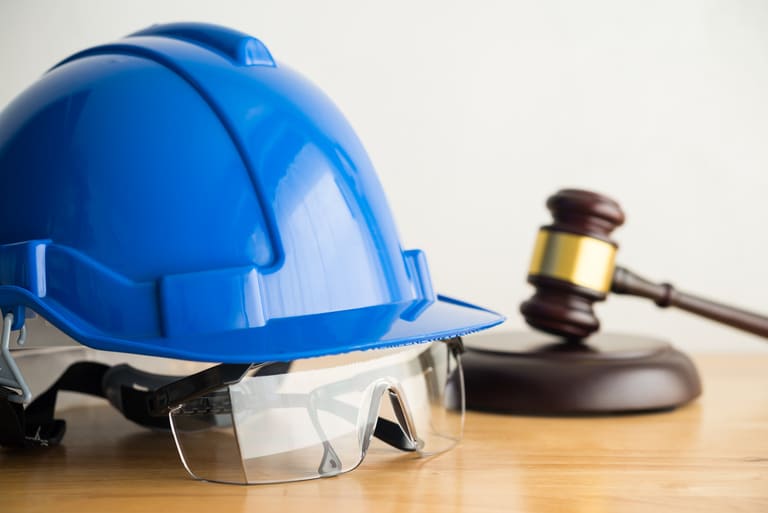
The construction of a warehouse requires compliance with several laws.
First, building restrictions include structural restrictions based on size, as warehouses are fireproof buildings.
For example, fire zones must be provided for a certain area, and specified fire prevention equipment must be installed at emergency exits.
Furthermore, in terms of use restrictions, the City Planning Law defines the areas where warehouses can be built, and in residential areas in particular, the construction of warehouses is basically prohibited.
For more detailed information on zoning, please refer to the article “Pay Attention to Zoning for Warehouse Construction|Explaining the different standards and selection process for both commercial and private warehouses.
summary
Restrictions on warehouse interiors require the use of noncombustible or quasi-noncombustible materials as part of fire prevention measures stipulated by the Building Standards Law.
If a violation is discovered, there is a significant risk of administrative guidance, suspension orders, and even fines.
The basic premise behind these strict restrictions is to ensure the safety of the warehouse and avoid violations of laws and regulations, so prior consultation with the construction contractor and local government, as well as confirmation by the fire department, is essential.
On the other hand, an increasing number of companies want to ensure safety while taking cost and construction period into consideration. Tent warehouses are an option that is gaining attention.
Tent warehouses are constructed by assembling a steel frame and covering it with a sheet membrane, and can be constructed at low cost and in a short construction period.
They are durable and weather-resistant, and are so bright during the day that lighting is unnecessary, improving work efficiency.
A large number of advanced manufacturers and companies in the logistics industry have introduced tent warehouses. Consider a tent warehouse as a means of achieving efficient warehouse operations.
If you are interested in tent warehouses, please contact Taiyo Kogyo Corporation, a manufacturer that has been in business for 100 years and has the largest market share in Japan.
Tent Warehouseへの
Contact us
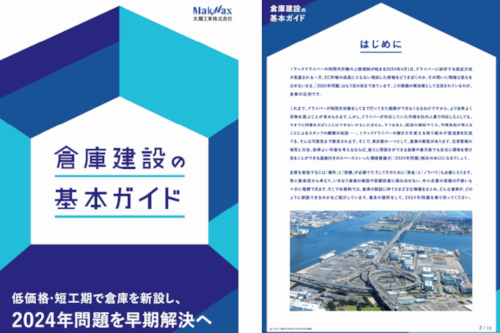
What you need to know when building a warehouse
We've packed it all in.
Clues to solving the 2024 problem
<
・Don't know where to start in building a warehouse
・Want to build a warehouse economically
・Want to know which type of warehouse to build
・Anyway, want to learn the basics of warehouse construction
・Worried about the 2024 problem, but don't know what to do
Related Articles
- TOP>
- Taiyo Kogyo Column>
- What are Warehouse Interior Restrictions? From the types of fireproof materials to the risks of violations to avoid.







